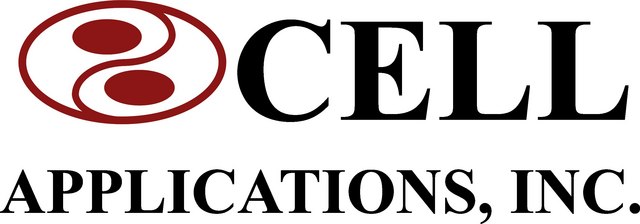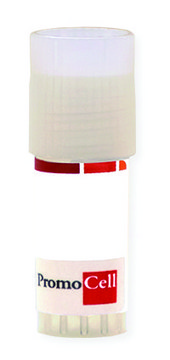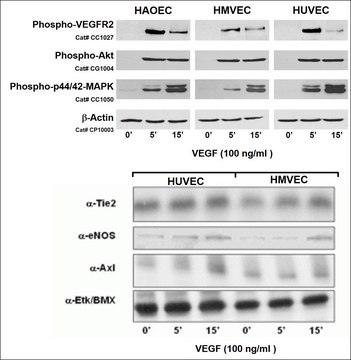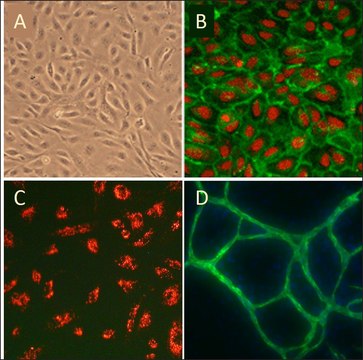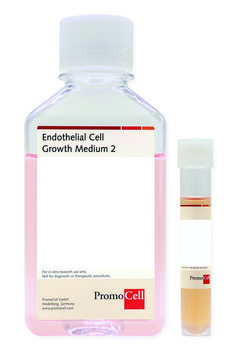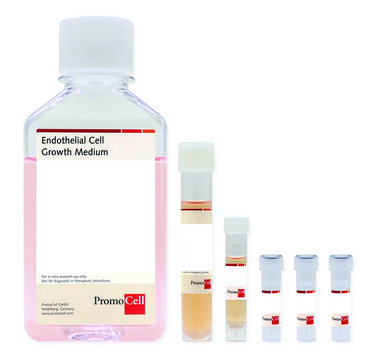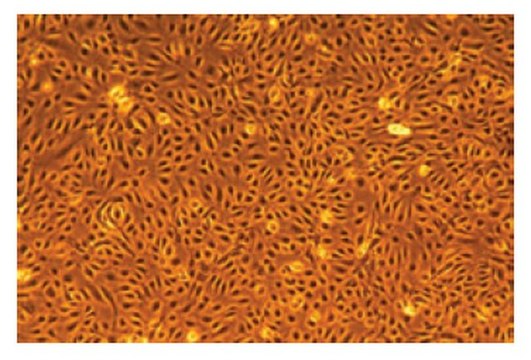200P-05N
Human Umbilical Vein Endothelial Cells: HUVEC, neonatal, pooled
Synonym(s):
HUVEC cells
About This Item
Recommended Products
biological source
human umbilicus (normal veins)
Quality Level
packaging
pkg of 500,000 cells
manufacturer/tradename
Cell Applications, Inc
growth mode
Adherent
karyotype
2n = 46
morphology
Endothelial
technique(s)
cell culture | mammalian: suitable
relevant disease(s)
arthritis; diabetes; cancer; cardiovascular diseases
shipped in
dry ice
storage temp.
−196°C
General description
Human Umbilical Vein Endothelial Cells (HUVEC) provide a classic model system to study many aspects of endothelial function and disease, such as normal, abnormal and tumor-associated angiogenesis, oxidative stress, hypoxia and inflammation related pathways in endothelia under normal and pathological conditions, cardiovascular-related complications associated with various diseases, mode of action and cardiovascular protection effects of various compounds, etc.
Cell Line Origin
Application
Components
Preparation Note
- Primary culture, >500,000 cells in Endothelial Cell Basal Medium containing 10% FBS & 10% DMSO
- Can be cultured at least 16 doublings
Subculture Routine
Disclaimer
Storage Class Code
11 - Combustible Solids
WGK
WGK 3
Flash Point(F)
Not applicable
Flash Point(C)
Not applicable
Regulatory Information
Choose from one of the most recent versions:
Certificates of Analysis (COA)
Sorry, we don't have COAs for this product available online at this time.
If you need assistance, please contact Customer Support.
Already Own This Product?
Find documentation for the products that you have recently purchased in the Document Library.
Protocols
Human Umbilical Vein Endothelial Cells (HUVEC) Culture Protocol. Storage. Preparation for Culturing. Store the cryovials in a liquid nitrogen storage tank immediately upon arrival.
Our team of scientists has experience in all areas of research including Life Science, Material Science, Chemical Synthesis, Chromatography, Analytical and many others.
Contact Technical Service